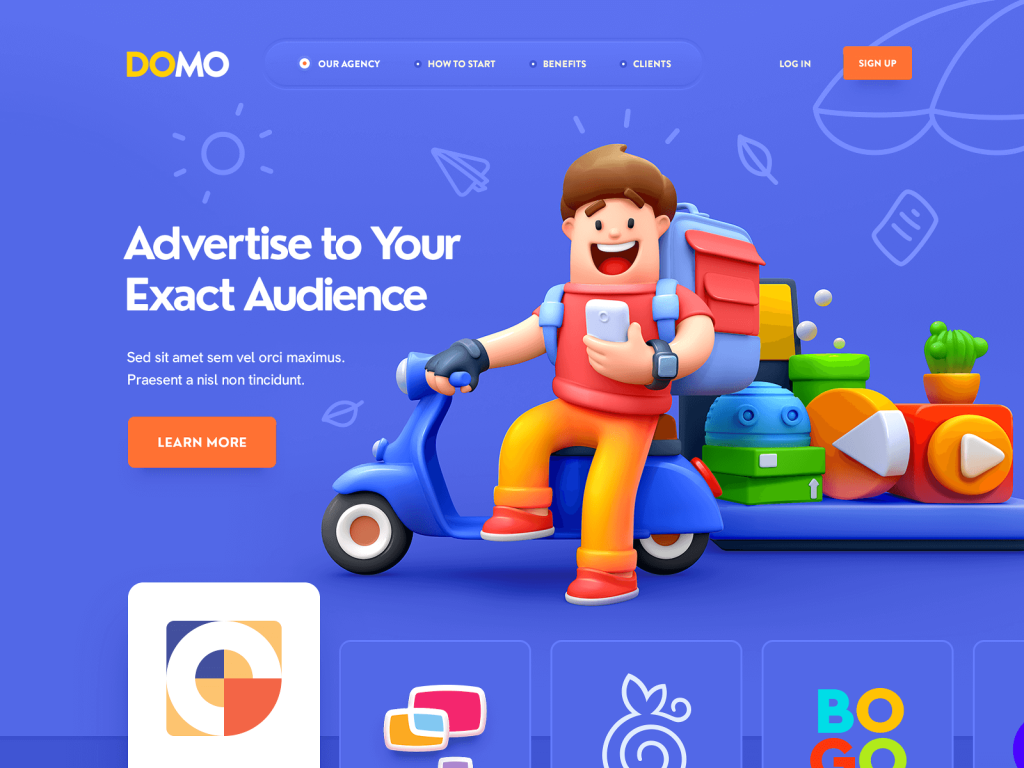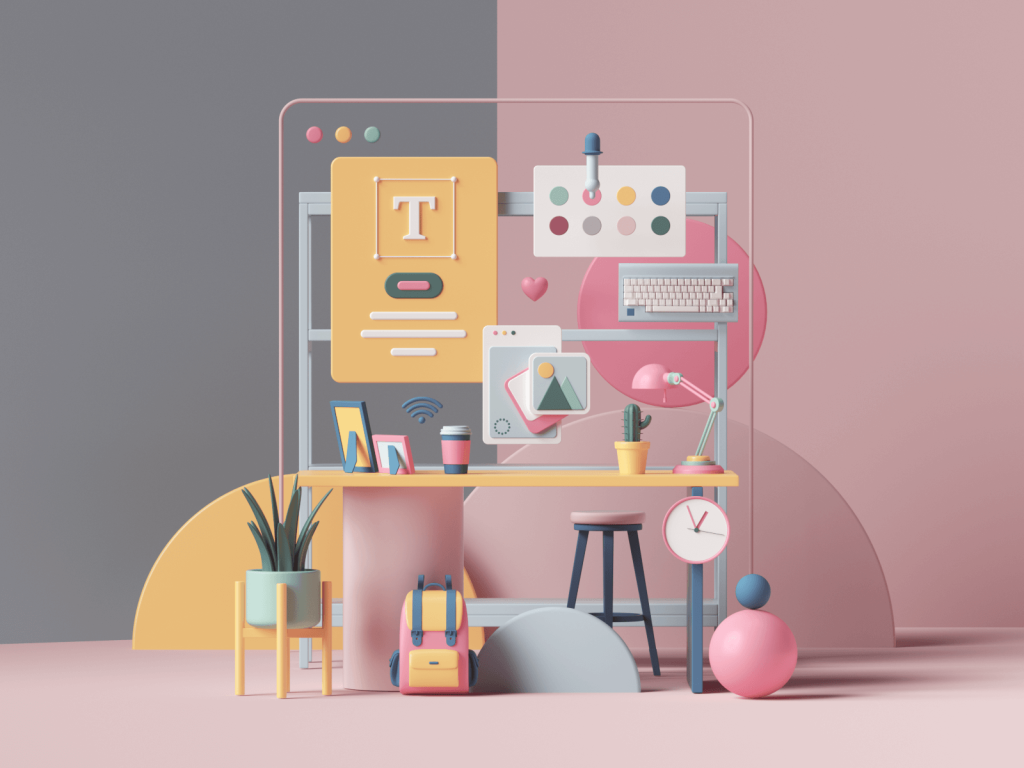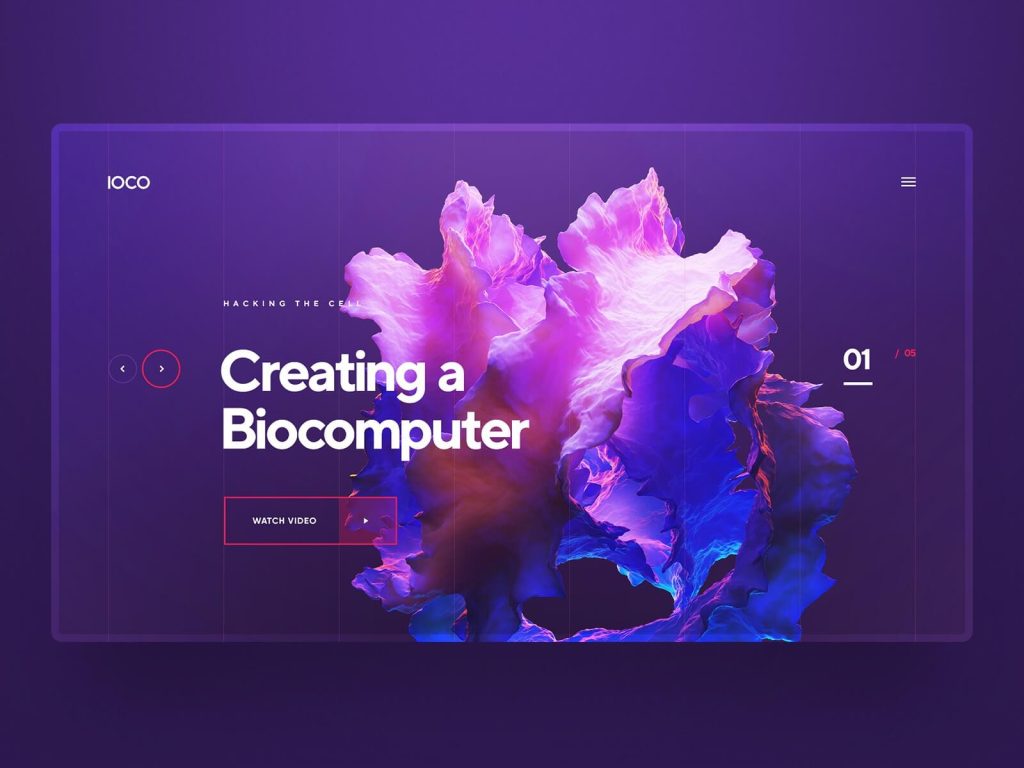In 2025, the future of user experience is no longer flat. As AR, VR, and mixed reality (XR) technologies become mainstream, 3D UI/UX design is emerging as the next evolution in digital interaction. Whether you’re building immersive educational apps, spatial commerce platforms, or next-gen games, mastering 3D UX principles is essential.
At Viartisan, we design future-facing interfaces that blend clarity, motion, and depth to create impactful virtual experiences. This guide explores key 3D UX frameworks, challenges, tools, and real-world applications to help you build interfaces that users can feel—not just see.
Why 3D UI/UX Design Matters in 2025
Traditional 2D interfaces are constrained by the flatness of screens. But immersive 3D environments introduce an entirely new spatial dimension that enables intuitive interaction using depth, motion, and perspective. With next-gen hardware like the Meta Quest 3, Apple Vision Pro, Magic Leap, and WebXR-enabled browsers, 3D design is redefining how we think about digital experiences.
Benefits of 3D UX design include:
- Natural interaction: Users can interact with content using gestures, gaze, and body position.
- Immersive storytelling: Brands can craft environments that emotionally engage users.
- Contextual awareness: Interfaces adapt based on position, focus, and behavior within space.
Industries already seeing 3D UX breakthroughs:
- Healthcare: Virtual anatomy labs and surgery simulations
- Retail: Virtual showrooms and AR product previews
- Education: Hands-on simulations for complex topics (e.g., architecture, astronomy)
- Enterprise: Virtual collaboration tools with spatial whiteboards and real-time avatars
Related: Apple Vision Pro UI Guidelines
Core Principles of 3D UX Design
1. Depth and Spatial Awareness
Designing in 3D means thinking in layers—not just layout. Interface elements should:
- Maintain appropriate parallax and distance from the user
- Use environmental depth cues (lighting, blur, fog) for hierarchy
- Limit Z-axis density to prevent visual fatigue or confusion
Ensure UI layers remain readable and within ergonomic reach. Keep essential UI between 1.5–2 meters in XR devices.
2. User Comfort and Ergonomics
Immersive experiences must never compromise user health or focus. Prioritize:
- Low-latency interactions (under 20ms)
- High refresh rates (90Hz+) to avoid motion sickness
- Minimal head movement with gaze-aware targeting
- Natural field-of-view UI placement—avoid floating panels that track aggressively
Best practice: Let users choose seated, standing, or dynamic modes. Personalization = comfort.
3. Interaction Models
No mouse, no screen? Welcome to multimodal input:
- Hand tracking: Pinch to select, push to activate
- Eye tracking: Highlighted elements upon gaze dwell
- Voice commands: Natural language for actions (“Open dashboard,” “Close settings”)
- Haptic feedback: Vibrations or controller pulses for confirmation
Design interactions that match the user’s intent and are discoverable, forgiving, and consistent.
Tip: Always include onboarding for first-time gestures and input discovery.

Tools and Frameworks for 3D UI/UX Design
- Unity & Unreal Engine: Full-featured XR development environments
- WebXR & Three.js: Bring immersive experiences to the web
- Blender, Maya, Cinema 4D: High-fidelity 3D modeling and animation
- Figma + Spline: Ideal for early UI mockups and transitions
- 8thWall, ZapWorks: AR-focused visual dev tools
Tool Spotlight: Spline allows designers to prototype and animate 3D interfaces with browser-based tools—perfect for fast iteration without dev overhead.
3D UX Patterns & Layout Techniques
Anchored UI vs Floating UI
- Anchored UI elements are fixed in a virtual room—perfect for dashboards, menus, or maps.
- Floating UI follows the user’s head or hand—used for transient actions like tool selection or tooltips.
Mix both patterns to balance stability and adaptability.
Environmental Cues
Spatial design must guide—not overwhelm. Use:
- Ambient audio (e.g., directional cues)
- Lighting that highlights focus zones
- Animations to introduce changes naturally
Object-Based Interactions
Embrace tangibility:
- Allow users to grab, spin, or throw items using realistic physics
- Combine animation + audio + haptics for satisfying micro-interactions
- Give weight to objects—light should float, heavy should resist
Use prototyping tools to test these elements in real-time!

Accessibility in 3D Design
3D experiences must not exclude users with disabilities.
Accessible 3D design includes:
- Subtitles and closed captioning for audio
- UI scaling for visual impairments
- Toggle-able motion for users prone to VR sickness
- Alternative inputs: large gesture zones, simplified voice navigation
Read: XR Access Accessibility Guidelines
Bonus: Offer calibration steps before entry—headset height, dominant hand, visual preference.
Real-World Examples of 3D UX
Horizon Workrooms (Meta)
- Transforms remote meetings into spatial experiences
- Uses positional audio, avatar body language, and whiteboard tools
- Floating UI for quick tool access without breaking immersion
IKEA Studio (Apple + LiDAR)
- Scans real room layout for AR-based furniture placement
- Allows scale-accurate previews and light simulation
- Natural gestures for rotate, resize, and reposition
Tilt Brush (Google)
- Lets users paint in 3D space
- Simple floating toolset that adapts to dominant hand
- Radial UI menus with haptic confirmation
These apps prove that utility and creativity can coexist in immersive UX.
Future Trends in 3D UI/UX
- Spatial commerce: Shoppable stores with 3D product exploration
- 3D onboarding assistants: Interactive avatars guiding users through features
- Emotion-aware interfaces: Adaptive lighting or UI tone based on expression or posture
- Cross-device continuity: Seamless switching between VR headset, mobile AR, and desktop
Prediction: Microlearning + 3D gamification will dominate digital education by 2026.

Final Thoughts
Designing in 3D isn’t just about “cool visuals”—it’s about rethinking interaction, presence, and feedback. As spatial computing becomes the norm, businesses need design partners who can navigate both dimensional storytelling and digital usability.
At Viartisan, we bring together strategy, prototyping, and immersive design to craft 3D UI/UX experiences that transform how people learn, shop, work, and play.
Build immersive interfaces with us today.






